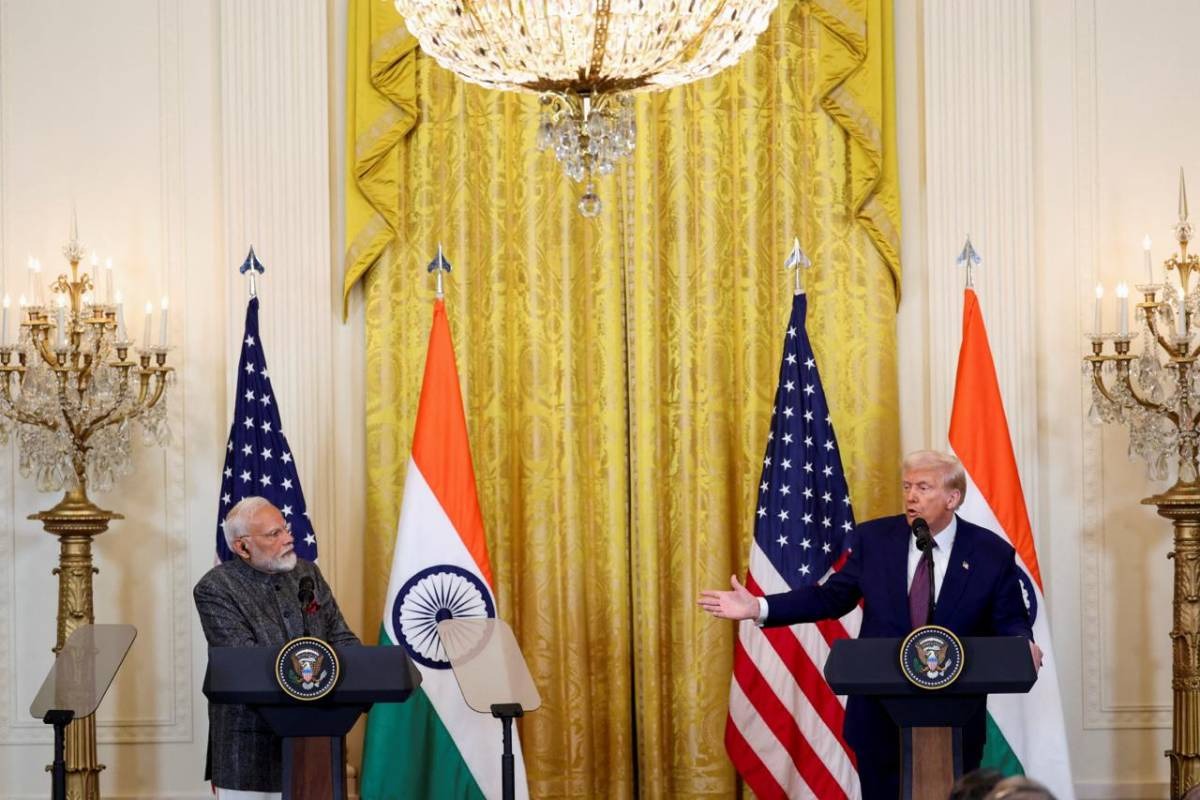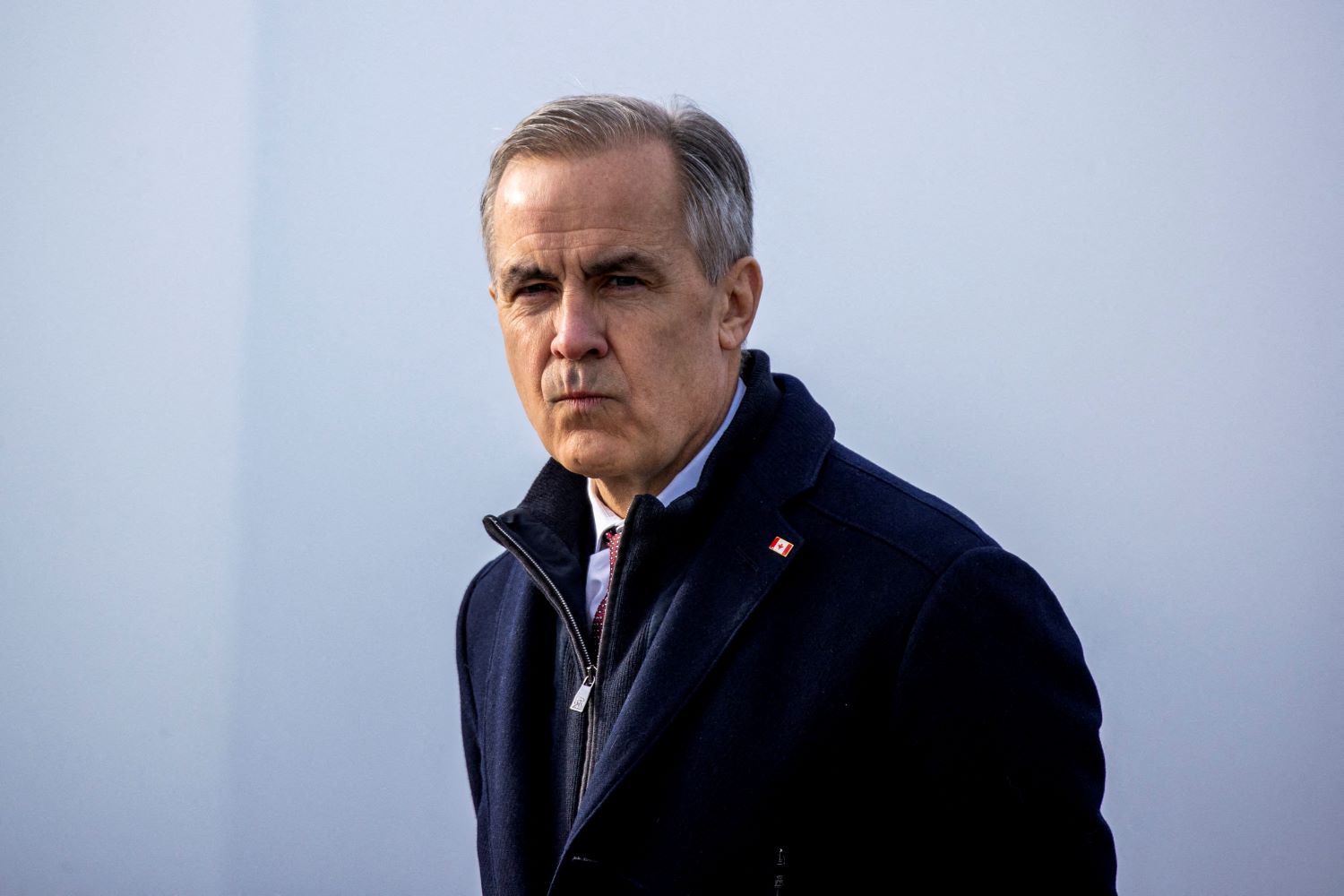U.S.-India trade standoff turns into geopolitical chess match
The twin signals — India’s pivot toward Europe and Asia, and Washington’s attempt to keep diplomacy on track despite escalating tariffs — underline how the trade dispute has widened into a geopolitical contest of pressure and resilience.
 U.S. President Donald Trump gestures as he speaks during a joint press conference with Indian Prime Minister Narendra Modi at the White House in Washington, D.C., U.S., February 13, 2025. / REUTERS/Kevin Lamarque/ File Photo
U.S. President Donald Trump gestures as he speaks during a joint press conference with Indian Prime Minister Narendra Modi at the White House in Washington, D.C., U.S., February 13, 2025. / REUTERS/Kevin Lamarque/ File Photo
Hours after U.S. President Donald Trump’s 50 percent tariff on Indian goods took effect on Aug. 27, New Delhi unveiled an ambitious 40-country diversification plan to shield its textiles sector from the American market shock. The counter-move coincided with U.S. Treasury Secretary Scott Bessent’s candid remarks that India’s negotiating stance was “performative,” even as he insisted that ties between the two democracies would ultimately endure.
The twin signals — India’s pivot toward Europe and Asia, and Washington’s attempt to keep diplomacy on track despite escalating tariffs — underline how the trade dispute has widened into a geopolitical contest of pressure and resilience.
This post is for paying subscribers only
SUBSCRIBE NOWADVERTISEMENT
ADVERTISEMENT
E Paper
Video



 R Suryamurthy
R Suryamurthy












Comments
Start the conversation
Become a member of New India Abroad to start commenting.
Sign Up Now
Already have an account? Login